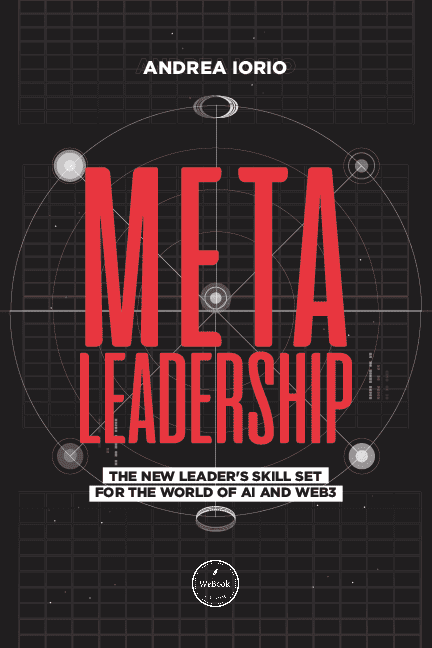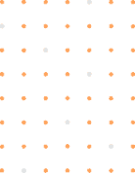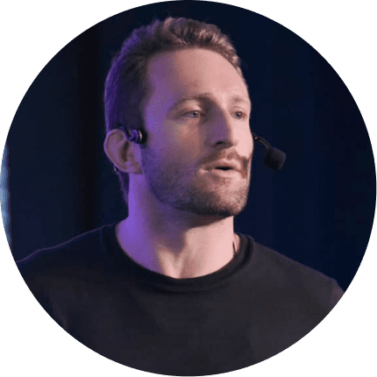I recently presented a lecture to MBA students at Babson College in the United States. When I was introduced, I was surprised to find that significant attention was given to the fact that I host the NVIDIA Brazil podcast, "Vem AI," about Artificial Intelligence. The presenter even joked about it, "I hope you own some NVIDIA stocks," clearly referring to the company's substantial stock market growth, making it one of the only 8 companies in history to surpass the $1 trillion market cap milestone.
Why did this surprise me? Because not long ago, when I mentioned NVIDIA, no one knew what it was. The few who did were mostly gamers who associated NVIDIA with graphics cards, which is accurate: that's how it started, with GPUs. However, today, these GPUs are not just for gaming but are driving the entire world of artificial intelligence. This article will delve into the power of acceleration through GPUs and the impact of acceleration on businesses.
Let's begin by listening to a statement from Jensen Huang, founder and CEO of NVIDIA, who talks about how computational acceleration represents the future.
“If you go back 30 years, at that time, the PC revolution was just beginning, and there were many debates about the future of computing and how software should be managed. There was a large group that believed that CPUs and general-purpose software were the best path to follow, and for a long time, it was the best path. But we realized that there was a class of applications that would not be possible without acceleration."
Let's start by understanding what this thing called computational acceleration is: Accelerated computing is the use of specialized hardware to dramatically speed up work, usually with parallel processing that groups frequently occurring tasks. It takes some of the demanding work that can overload CPUs, processors that typically perform tasks sequentially, in an automated manner (unlike GPUs).
Born in the PC era, accelerated computing matured in supercomputers. It now lives in your smartphone and all cloud services. Companies of all kinds are adopting it to transform their businesses with data. Accelerated computers combine CPUs and other types of processors as equals in an architecture sometimes called heterogeneous computing.
And what are the most important accelerators? Well, the familiar NVIDIA GPUs. GPUs are the most widely used accelerators. Data Processing Units (DPUs) are an emerging class that enables enhanced and accelerated networking. Each has a role to play alongside the host CPU to create a unified and balanced system.
It all started in the PC era, as Jensen described above: Specialized hardware called a coprocessor had long appeared in computers to speed up CPU work. They gained prominence around 1980. In the following decade, the rise of video games and graphical user interfaces created a demand for graphics accelerators. In 1993, about 50 companies manufactured chips or graphics cards. In 1999, NVIDIA released the GeForce 256, the first chip to use the main CPU tasks to render 3D images. It was also the first to use four graphics pipelines for parallel processing. NVIDIA called it a Graphics Processing Unit (GPU), paving the way for a new category of computing accelerators.
In 2006, NVIDIA sold 500 million GPUs. It led a field of only three graphics GPU vendors and saw the next big thing on the horizon. Some researchers were already developing their own code to apply the power of GPUs to tasks beyond the reach of CPUs. For example, a team at Stanford led by Ian Buck unveiled Brook in 2006, the first widely adopted programming model to extend the popular C language for parallel processing.
Buck started at NVIDIA as an intern and now serves as Vice President of Accelerated Computing. In 2006, he led the launch of CUDA, a programming model to harness the parallel processing engines within the GPU for any task.
Together with a G80 processor in 2007, CUDA powered a new line of NVIDIA GPUs that brought accelerated computing to a growing range of industrial and scientific applications.
Where can computational acceleration be applied? Let's look at the example of an automotive parts manufacturing company. Imagine they have a complex production line with various steps involving high-precision machines and a large amount of data being generated.
How computational acceleration can help:
- Process Simulation: Computational acceleration can be used to run simulations of production processes in virtual models. This allows engineers to test different configurations and parameters without disrupting actual production. By running these simulations on GPUs (Graphics Processing Units) or other acceleration technologies, results are obtained faster, enabling real-time analysis and precise adjustments to the process.
In other words, numerous applications!
The result of NVIDIA's ability to foster computational acceleration? As of June 2021, 342 of the world's 500 fastest supercomputers were using NVIDIA technologies, including 70% of all new systems and eight of the top 10.
But here the message for leaders is not to use AI just for the sake of it. Just because it's a trend. The message here is to start by diagnosing the pains within your company and how AI can solve them. This is where we identify the power of supercomputing, and speaking of which, it is fundamentally a computing much superior to that of any normal computer, where we notice the following trends:
- Exascale Computing: Currently, the most powerful supercomputers operate at the petaflop scale (one quadrillion floating-point operations per second). The next frontier is to reach exaflop, representing one quintillion operations per second. Various countries and organizations are working to build exascale supercomputers, enabling complex simulations, big data analyses, and unprecedented AI applications.
Well, these fronts of innovation in computing are revolutionizing the world of computing, and companies like NVIDIA are playing a crucial role. So, I want you to reflect: Is your company prepared today for this AI revolution in terms of technological infrastructure? What more can be done to take advantage of the power of supercomputing?









